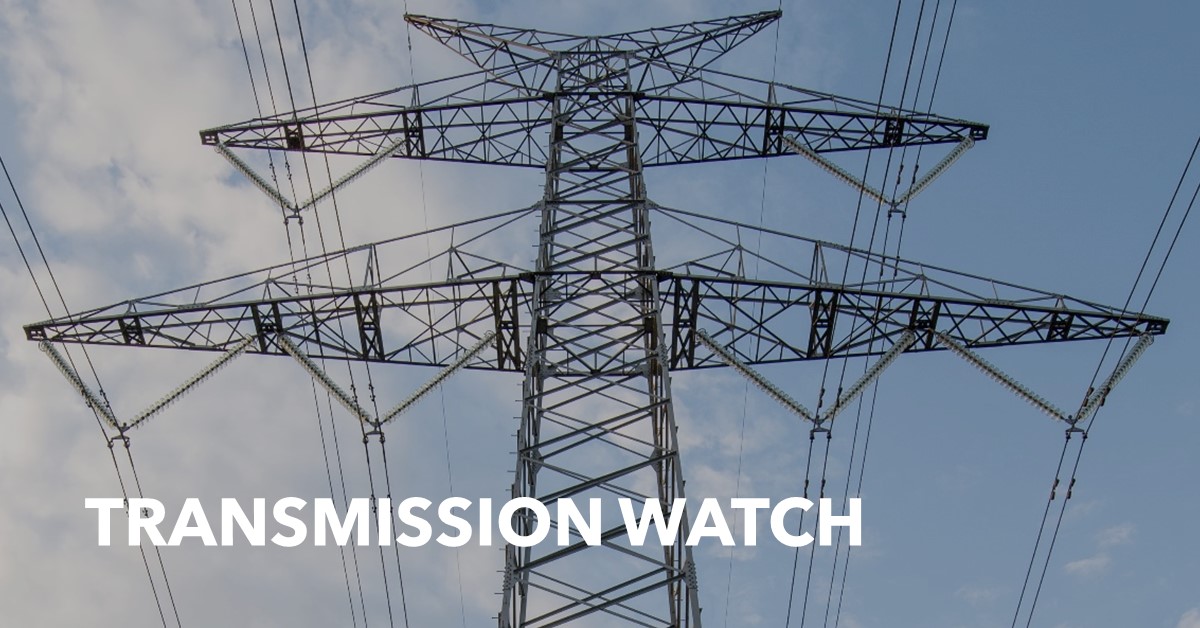Persistent Congestion on NYISO’s Central East Interface: The End is in Sight | Congestion Watch Blog
The Central East Interface is one of New York’s most congested corridors, enabling Upstate generation to serve the robust load levels Downstate. Congestion on the interface and the Zone F/Zone E basis spread has increased significantly in the past 1.5 years as a result of construction on the Central East Energy Connect, one of the two projects under the AC Transmission Upgrades PPTN. In addition to construction-associated outages, higher delivered gas prices in eastern New York have contributed to increased congestion.

